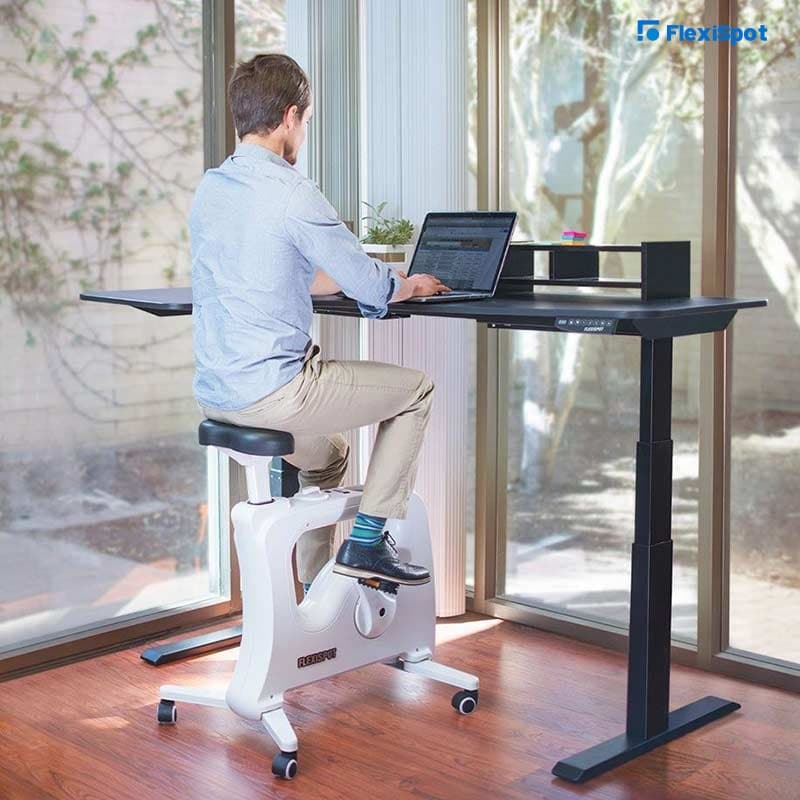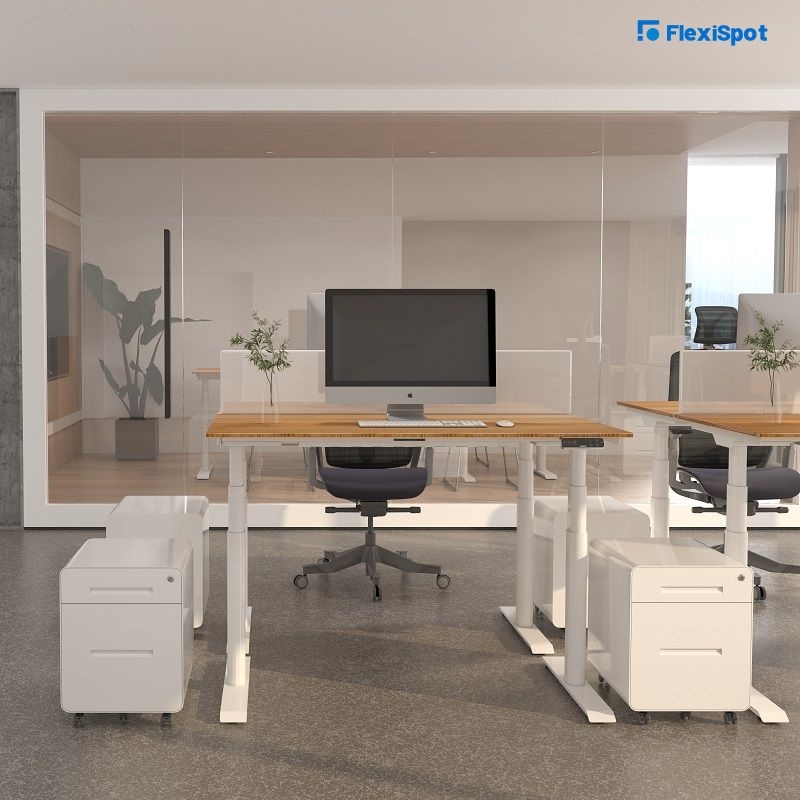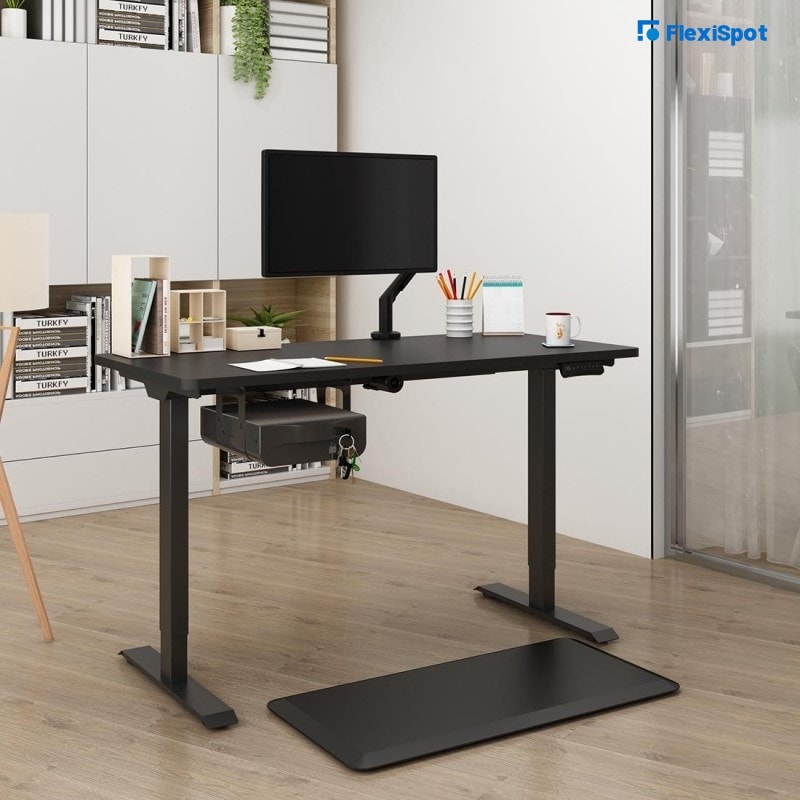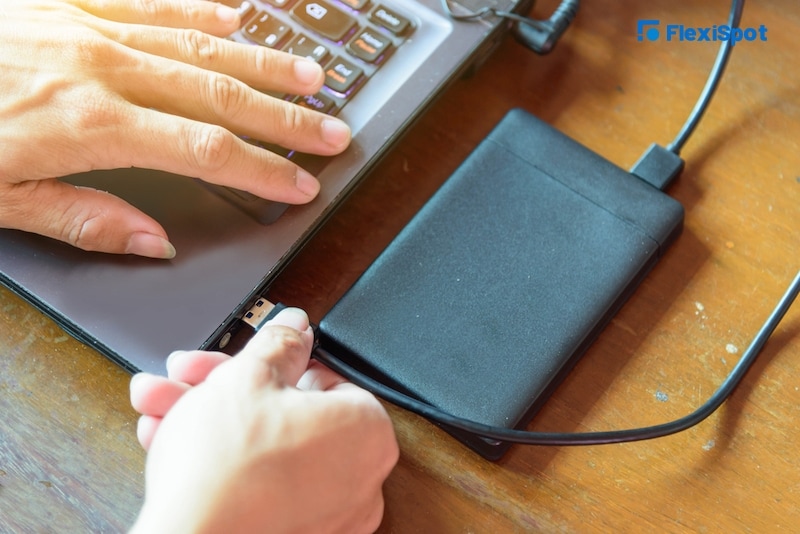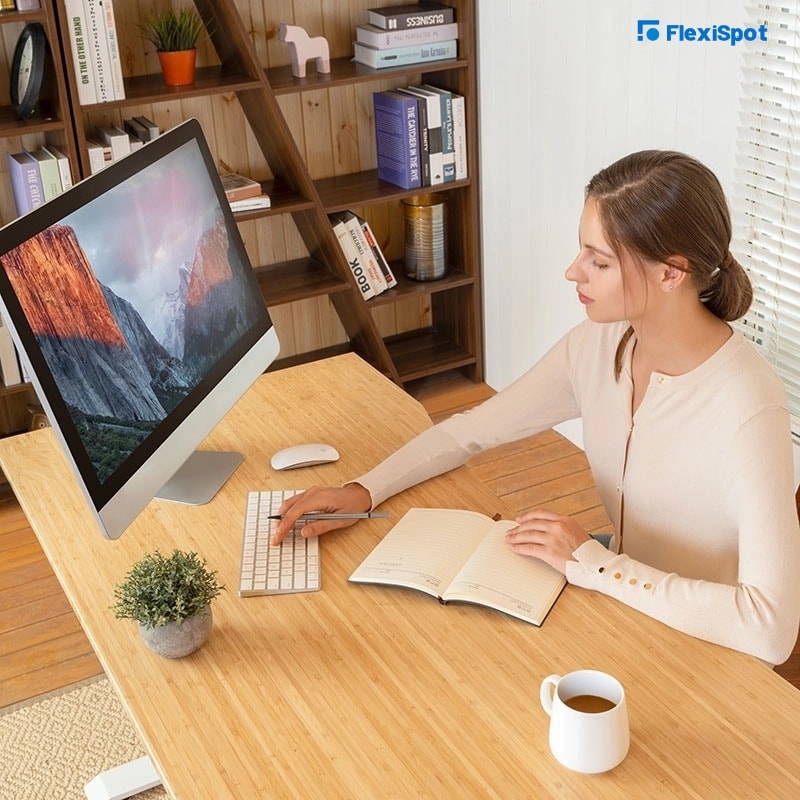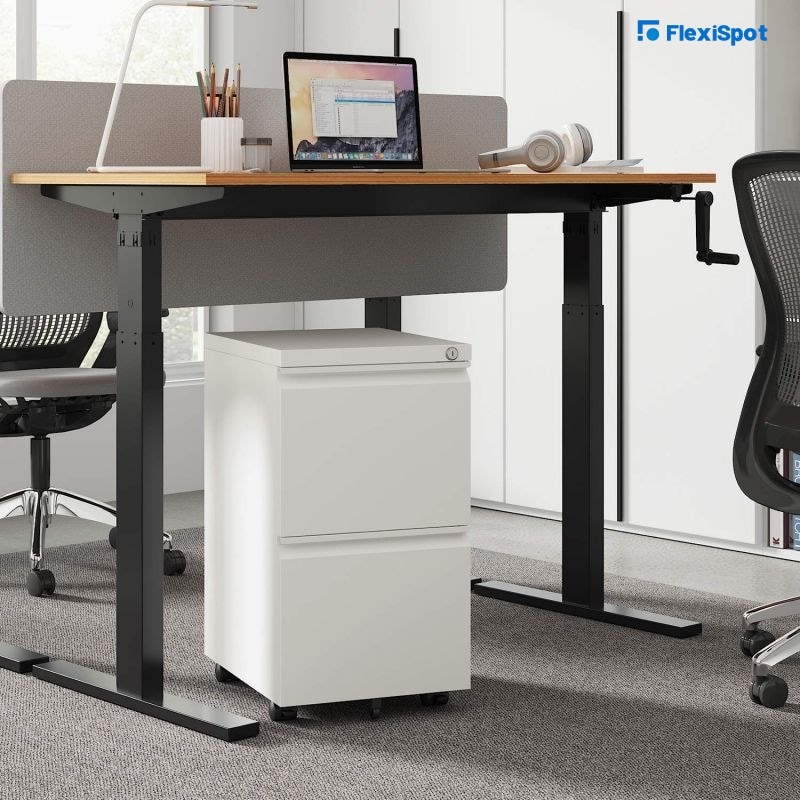According to a study done by Brother UK, an average cost of 48 dollars is incurred daily by workers and corporations that do not organize their workspaces. What's more, up to 31 percent of workers in offices admit to being inconvenienced and stressed out when they could not keep their workspaces neat. In a nutshell, organized workspaces perform considerably better than those in a state of disarray. This can be attributed to some reasons that point to the need to organize your desk.
Some reasons to organize your desk and keep it that way!
Increased productivity.
The first and most obvious reason for having an organized desk is that it makes you work much better while achieving more. Knowing exactly where all your office stationery, documents, and other items are will spare you having to spend up to an hour locating the things you need. An organized desk may help you beat that deadline by raising operating efficiency.
Improve mental stability.
Having clutter on your desk may raise your stress levels when you can find a simple stapler while working on a deadline or even add to your frustrations at the end of a long day. It suggests that your mental health may stand to benefit if you organize your desk and free up your mind in the process.
Generally make better life decisions.
Habits developed in one aspect of our lives sometimes cross over into other parts. For those of us with cluttered desks, we may not notice, but the same trait may be applied elsewhere. For instance, starting the journey towards workspace organization may result in improved budgeting which is essentially the organization of your finances. In addition, the stress from leaving your desk disorganized compounded by the fatigue from a long day may also see you take on unhealthy food choices under the guise of “comfort food” or even develop insomnia.
Top desk organization ideas for a clean and productive workspace
Now that you know the main benefits of organizing your desk, what are the precise ideas you can incorporate into your workplace to make it cleaner and, of course, more productive? Here is a list that will ensure you make the most of each day, minimize stress and increase efficiency.
1. Clean your workspace.
Having gone through the pandemic, many of us don’t have to be told twice to disinfect. However, the activity goes beyond just ensuring your person is clean and germ-free; workspaces also require the same attention. A clean office desk is not only safe from the microbes that seek to get us under the weather, but it is also a visually pleasing aesthetic that will surely improve the way you feel about working for hours on end at your workspace. Could you imagine preparing a detailed financial report requiring extensive research and analysis on a cluttered desk that is sticky for some reason? You obviously wouldn't be comfortable working, and the quality of the tasks may be impeded by how dirty the workspace is. Thus ensure to wipe your desk gently with an antibacterial that is non-abrasive to ensure your desk is immaculate and your electronics free from dust.
2. Declutter your desk.
A desk that is cluttered points to a mind that is similarly so. Clutter refers to storing items on your desk in an untidy manner. The rule is that the busier you get, the more cluttered your desk becomes, which may be attributed to the increased number of concurrent, stalled, or forgotten tasks that comes with increased responsibility. However, you can change this because clutter can severely hamper productivity when unnecessary items keep getting in the form of retrieving and using the ones you need. Decluttering your desk can be achieved in four easy steps:
a. Clear your desk. For a genuinely clutter-free desk, removing everything currently or typically placed on the desk is the best thing to do. Please place them in boxes on the floor, and this will give you time to clean and assess the state of things. As is with most meaningful things, starting is the most challenging part, and clearing your desk is the initiative you need for subsequently achieving organization.
b. Carefully go through each item in the boxes. The next to decluttering involves assessing the things you took from your desk to work out the ones to discard, the ones to keep, and if so, which ones require archiving. The stage is crucial as you are often left with less than half of the items you started with on your desk.
c. Contemplate a new arrangement of remaining items. After sorting through the clutter, you will be left with the cream of the crop, which may require a new format of arranging them. It may be necessary due to being left with considerably fewer items, needing a fresh start, or the need to save up on desk space. It is also highly advisable to ensure all your cords are not tangled but independently stored away from the general field of view. One product you may use during this rearrangement is the Flexispot Under Desk Drawer S01, which gives you additional space to store your frequently used items and avoid creating clutter on top of your desk.
d. Clean regularly. Eliminating clutter on your office desk is a continuous process instead of an end. It means that you have to keep on clearing trash as soon as possible, following the arrangement plan, and frequently wiping the desk to prevent the accumulation of dust and litter. With these steps, you will have a clutter-free workspace in no time.
3. Digitize your documents.
While obvious to some, shifting the storage of essential documents to digital platforms such as cloud servers is still foreign to many. With the advent of powerful new technologies, storing scores of papers in physical folders is slowly becoming obscure as digital repositories take over. Workspaces can now be minimalistic while ensuring all your important documents are safely stored and retrievable on demand. What’s more, digitizing your filing system can also increase productivity as there is no longer clutter caused by piles of documents and ease of retrieval.
4. Arrange your desktop.
In a similar breadth, the very appearance of your PC's desktop can prove to be a significant source of distraction. If you work in any modern workplace or even a home office, you spend a considerable time using your computer for various things, and after a while, the folders you create pile up on your desktop. If this is left unattended, the clutter on your desktop could result in you facing the same challenges you did using physical storage systems. To avoid this, ensure content on your desktop and pc are sorted and stored according to techniques that work.
5. Increase your physical storage.
As mentioned earlier, increased responsibility in a role or organization typically translates to increased office clutter due to the number of assigned tasks and projects. Each of these tasks will need the use of some form of office item or other and the creation of new documents. To avoid being overwhelmed by the influx of all these items and revert to your desk’s initial state, use products that increase your storage space, such as Flexispot's Mobile Cabinet 026. It offers secure auxiliary storage that can be moved around the room at your convenience.
In addition, the company also offers floating shelves than are designed to hold all your reading material inside the office without compromising on desk space or even organization. The shelves’ are relatively easy to put in place and can competently support nearly anything you wish, making them perfect for those that yearn for more storage space in their workplaces.
In conclusion, being organized is a crucial aspect of everyday life in an office. However, achieving and maintaining organized desks at our workplaces is easier said than done as most people struggle with issues like clutter. Doing so requires detailed steps that individually refine the efficiency of existing systems and routines and recommend additional ones that address problematic aspects. Achieving organization at your desk inevitably takes time for some, but the benefits outweigh this when advantages like increased productivity become apparent.

